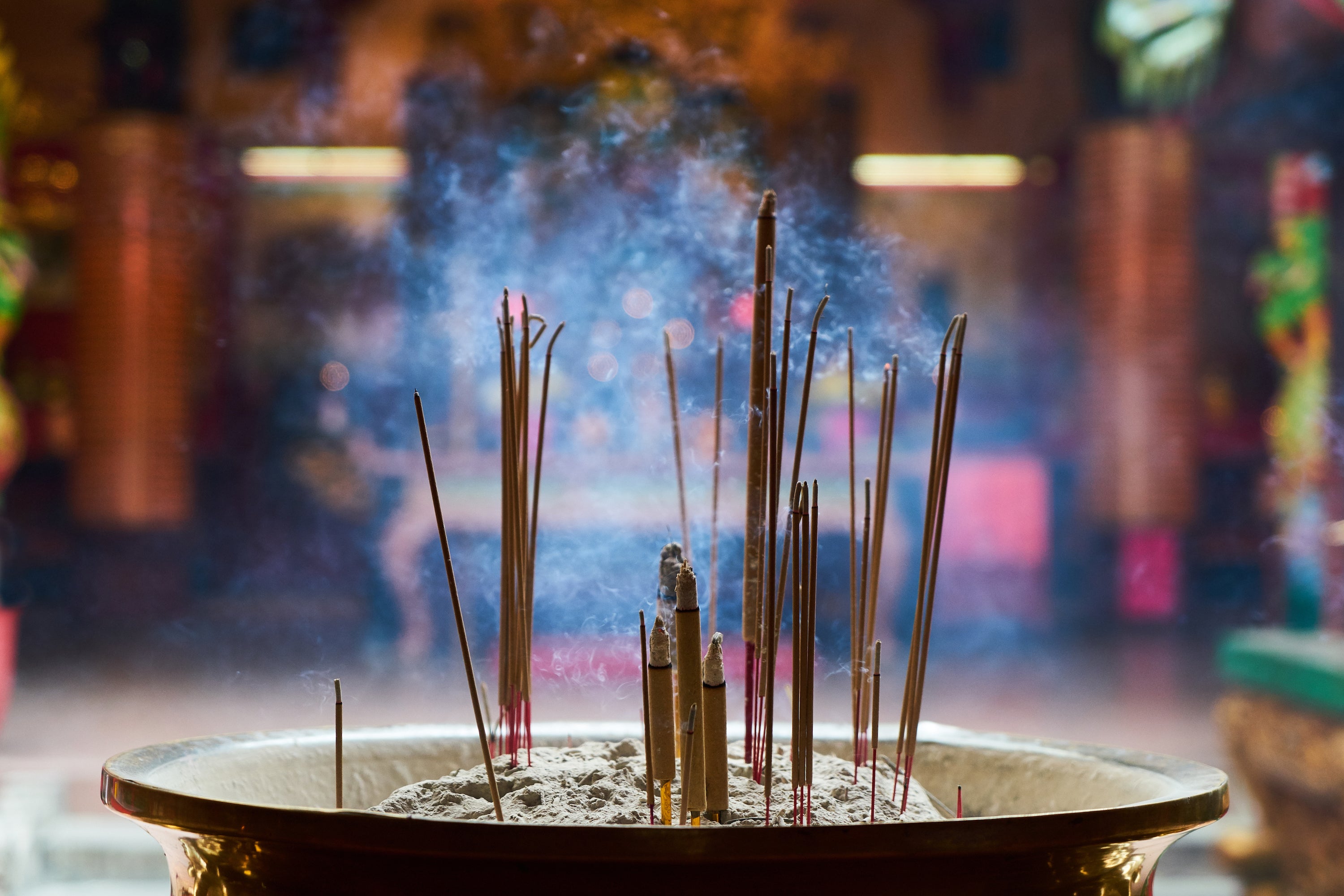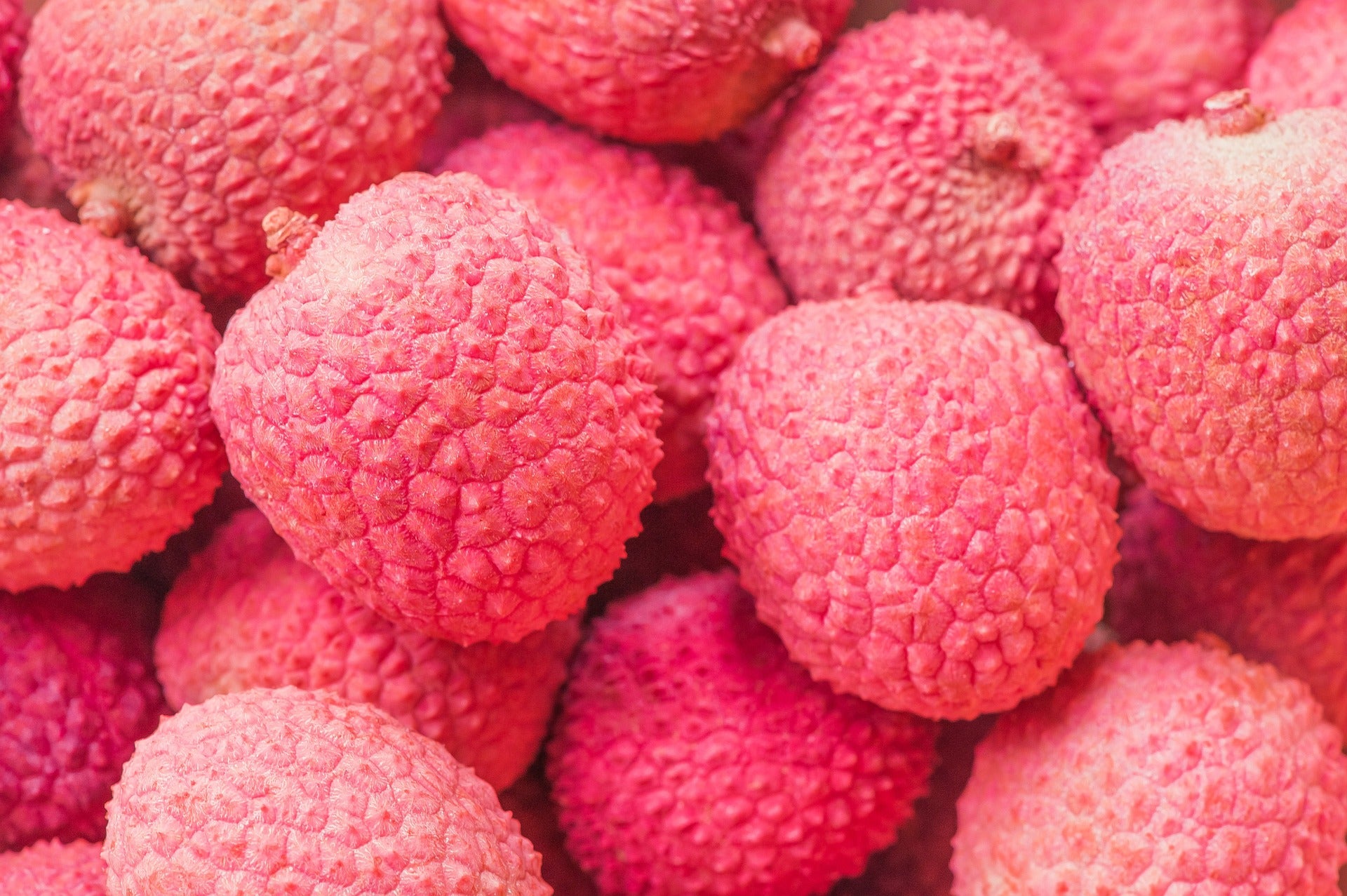
Lunar New Year
How are you?
Unlike Japan, many Asian countries still celebrate the Lunar New Year, and while researching the “Lunar New Year and Incense”, I found out that in Okinawa where the Lunar calendar events are still practiced, incense plays an important part of this traditional ceremony.
The Okinawan incense called "Hira Ukoh" ("flat incense") differs from the Japanese stick incense we are used to seeing in that it looks like six Japanese incense sticks attached to one long side.
The incense flats are called different names depending on the number of sticks and the way they are worshipped: 1) when they are worshipped without being lit, they are called "Hijul Ukoh" (cold incense); 2) at the end of the year, they are worshipped when the gods return from their homes to the heavens and when they "release their prayers" for the year, they are called "Hutchi Ukoh" (unraveling incense).
There seems to be a custom of worshipping Hinukang (the god of fire) and other deities at the altar. For example, 15 sticks are used for Hinukang, and 12 sticks are used for the Buddhist altar (and for ancestors). As for other offerings, they need to be arranged after lighting incense and before it burns out.
The spirit of the ceremony is, "Thanks to you, my family has all had a safe and happy New Year. Please watch over our family (and friends) in the new year so that we can all spend it in good health and peace, and so that we can reap the rewards. This is the same as in many parts of Japan and beyond where New Year's is celebrated according to the new calendar.
Incidentally, Japanese incense sticks are called "Ippon Ukoh" (one stick incense) or "Kabashi Ukoh" (fragrant incense) to distinguish them from Okinawan incense flats.
Now, in neighboring China, Yongchun County in the mountainous region of Fujian Province, which is considered to be one of the world's leading incense producing areas, just before the Lunar New Year is the busiest and most important time of the year. It is believed that incense sticks were created when Arab traders brought fragrant spices to Yongchun County and combined them with local bamboo. The Lunar New Year is a busy time for temples as well, and worshippers burn incense to pray to the gods for blessings and good luck for the year. The ancestral techniques and traditions kept alive.
This Lunar New Year, light some incense and reflect on how the New Year and the custom of incense began and traveled around the world to get to the present state. History is truly amazing, isn't it?
新年快乐 - Xin Nian Kuai Le
恭喜发财 - Cong Xi Fa Cai
Have a Scentful Lunar New Year!


